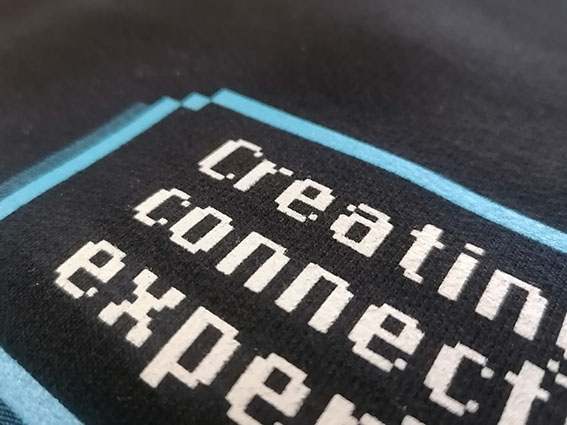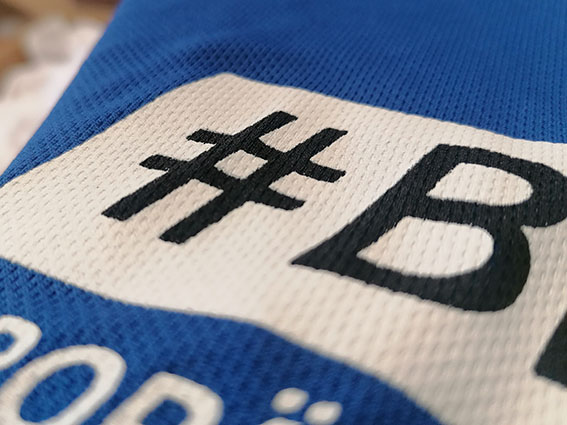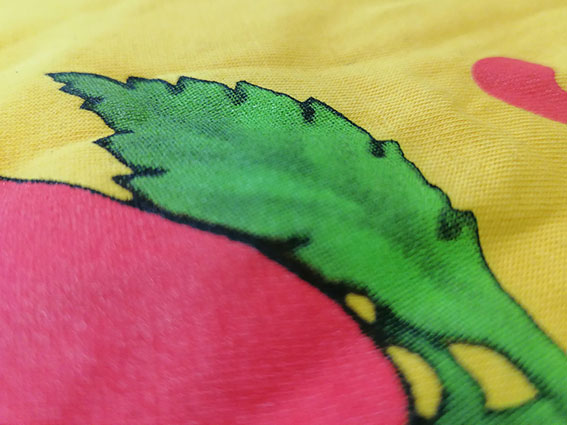The textile market offers a wide range of materials that can serve as a "canvas" for printing. When choosing the right textiles, it is important to consider several key factors, such as material composition, flexibility, and texture. Why is this so crucial? The choice of material significantly impacts the final print result, as different fabrics react differently to the printing process. For example, screen printing with water-based ink works better on certain types of fabric, while plastisol ink may be a better choice for others. Additionally, during production, pressure and temperature must be adjusted to the specific material to avoid damage and achieve the best possible outcome. Some fabrics even exclude the use of specific printing techniques. Below, we highlight what to consider when selecting a material and how prints appear on different fabrics.
Types of Materials
1. Cotton
Cotton is a natural, breathable, and durable material with a smooth structure. Its main advantage for printing is its high absorbency, allowing the ink to penetrate the fibers, ensuring a smooth and aesthetically pleasing result. Cotton is suitable for almost all decoration techniques and is one of the few materials on which discharge screen printing can be performed.

2. Polyester
Polyester is a synthetic fabric made from recycled plastic fibers, often used in sportswear. It is highly durable and water-resistant. Instead of absorbing ink, polyester holds it on the surface, resulting in vibrant color intensity. Due to its properties, water-based ink is not recommended, as it may spread beyond the intended design. The best decoration methods for polyester are sublimation and screen printing with plastisol ink.

3. Cotton-Polyester Blend
Fabrics that combine cotton and polyester are very popular, as they offer the softness of cotton with the durability of polyester. However, it is important to remember that depending on the blend ratio, the print may look different from how it appears on pure cotton or polyester.

What Else to Consider?
Texture – Prints look best on smooth surfaces that allow for precise detail reproduction. High fabric porosity may cause distortion or breaks in the print.
Flexibility – Highly elastic materials can lead to distortions, shrinking, or cracking of the print.
Thickness – The thicker the material, the lower its absorbency, which can affect print durability. In such cases, embroidery may be an excellent alternative.
As you can see, the choice of material has a significant impact on the final print result. Taking the time to select the right textile will help achieve the best possible outcome. If you have any doubts about material selection, we are happy to assist you!

